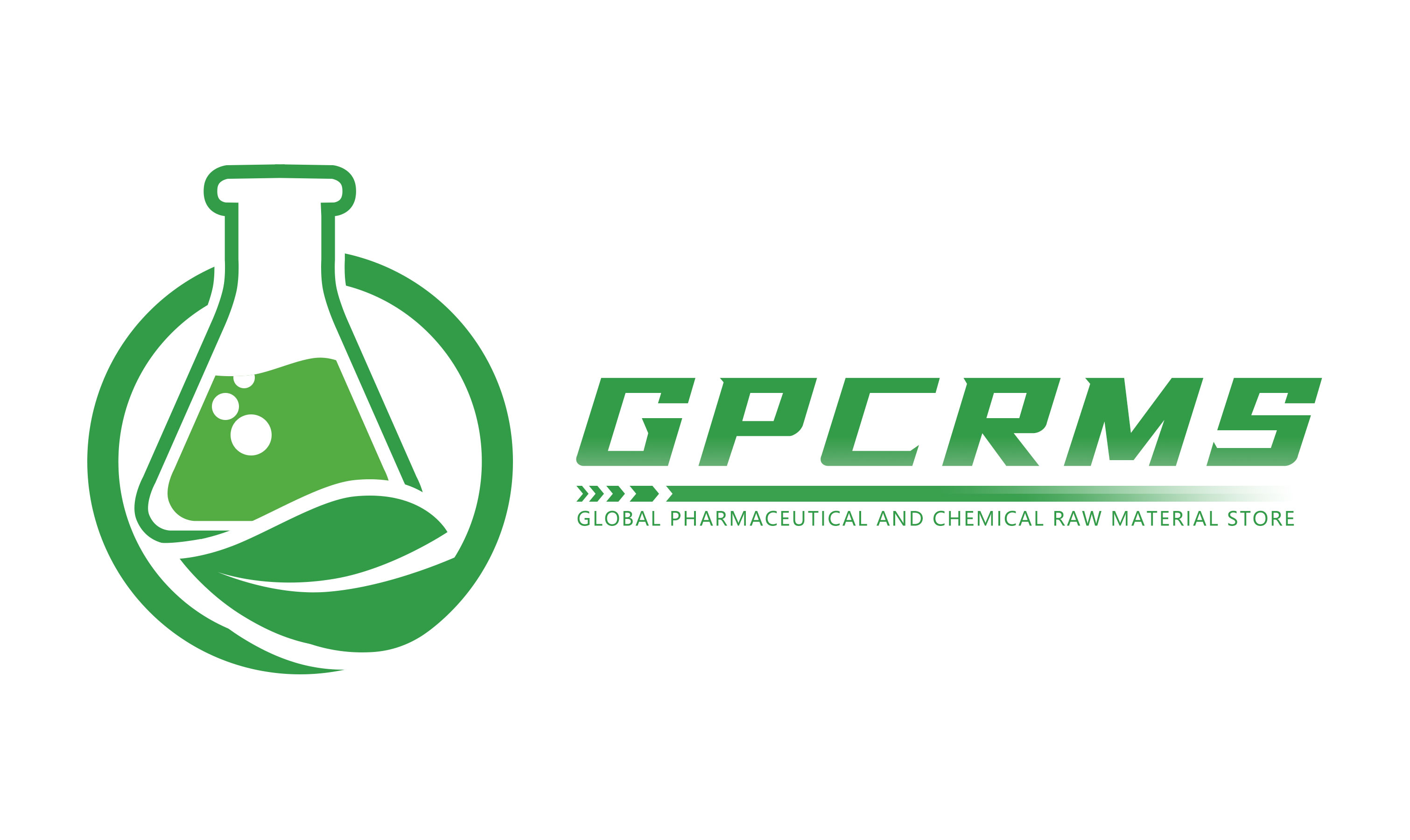How to Find Steroid Alternatives in SARMs
Like steroids, SARMs work by binding to androgen receptors (AR) in the body, activating specific genes that promote muscle protein synthesis and growth. However, unlike steroids, SARMs have a selective action mechanism. They primarily target muscle and bone tissues, with minimal impact on other tissues such as the liver, prostate, and cardiovascular system. This selective effect allows SARMs to promote muscle growth while minimizing common steroid side effects such as liver damage and hormonal imbalances.
Thus, SARMs offer similar effects to steroids without causing the widespread side effects, making them a healthier alternative to steroids.
Comparison of SARMs and Steroids
Steroids have very noticeable effects, significantly increasing muscle mass and strength in a short period, but their side effects cannot be ignored. Long-term steroid use can lead to liver damage, decreased libido, cardiovascular problems, and more. Additionally, steroids suppress the body’s natural testosterone production, which can result in lower testosterone levels, testicular atrophy, and sexual dysfunction.
In contrast, SARMs reduce these side effects by selectively targeting the muscle and bone systems. They produce similar results to steroids in terms of increasing muscle mass, strength, and bone density, but with less impact on other organs. Specifically, SARMs have lower liver toxicity and less negative impact on the cardiovascular system and prostate.
However, SARMs are not completely free of side effects. Long-term or high-dose use of certain SARMs (such as RAD-140 or S-23) may still suppress testosterone levels, potentially leading to issues like reduced libido or energy levels.
Different Types of SARMs and Their Effects
There are several types of SARMs on the market, each with different characteristics and effects. Choosing the right SARMs can help achieve steroid-like results and enhance muscle growth and athletic performance. Below are a few common SARMs and their effects:
Ostarine (MK-2866):
Ostarine is one of the most common SARMs. Research shows it can significantly improve muscle mass, increase bone density, and has relatively few side effects. It is typically used for muscle gain and recovery, but its effects are more moderate, making it suitable for long-term use.
Ligandrol (LGD-4033):
Ligandrol is another potent SARM, commonly used for increasing muscle mass and strength. Studies show that Ligandrol significantly increases lean body mass, with minimal impact on the liver. Compared to Ostarine, Ligandrol has stronger effects.
RAD-140 (Testolone):
RAD-140 is considered a powerful SARM that promotes more significant muscle growth and strength gains. Its effects are similar to testosterone but with fewer side effects, especially when used over the long term.
These SARMs all help users achieve steroid-like results, particularly in terms of muscle mass and strength, without sacrificing health.
SARMs' Side Effects and Risk Management
While SARMs have fewer side effects than steroids, they are not without risks. Potent SARMs, such as RAD-140 and S-23, may suppress natural testosterone production, leading to a decrease in testosterone levels. This decrease can cause issues such as reduced libido and energy levels. Therefore, it is important to manage dosage and cycles carefully to avoid long-term negative effects.
To minimize side effects, it is recommended that users follow appropriate usage cycles and undergo post-cycle therapy (PCT) to help restore natural testosterone levels. Additionally, understanding the characteristics, appropriate dosages, and recovery processes of each SARM is crucial for ensuring safe and effective use.
SARMs in bodybuilding Applications
SARMs are widely used in the bodybuilding world for muscle building, strength improvement, and enhancing athletic performance. By using SARMs appropriately, bodybuilding enthusiasts can maintain long-term muscle growth and strength gains while minimizing steroid side effects. SARMs offer a safe and effective alternative for users seeking stable, long-term muscle gains.
In addition, SARMs are being researched for their potential in treating conditions such as osteoporosis and muscle wasting diseases, highlighting their significant medical potential. Although the legality and clinical data surrounding SARMs are still evolving, their use in the bodybuilding world has become increasingly widespread.
Conclusion
SARMs provide a viable alternative to steroids by offering similar effects while reducing side effects. They selectively target muscle and bone tissues, minimizing negative impacts on other organs, making them a healthier option compared to steroids. Despite their relatively mild side effects, users should still be cautious about dosage, cycles, and post-cycle recovery to ensure safe and effective use. With more clinical data and research emerging, SARMs may become a more ideal alternative for bodybuilders.
